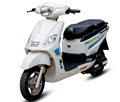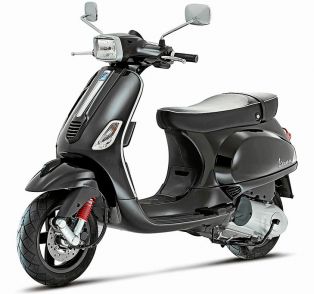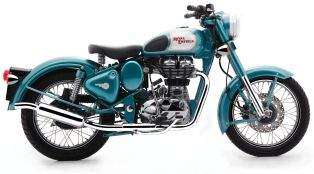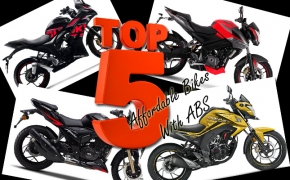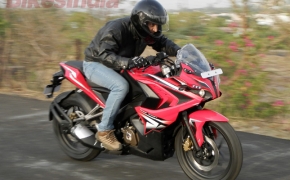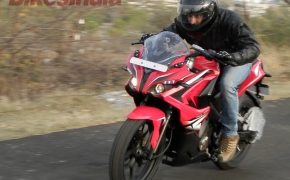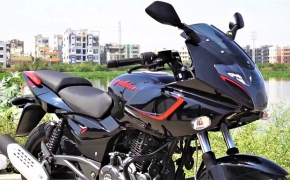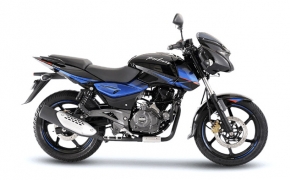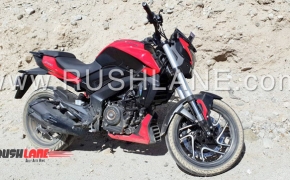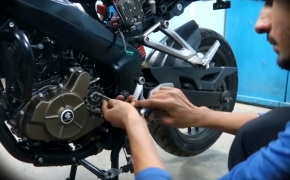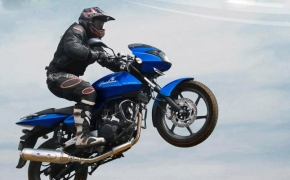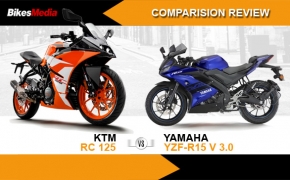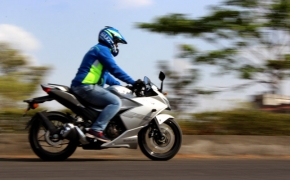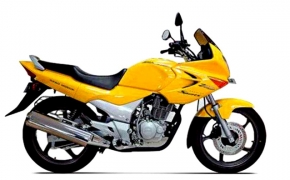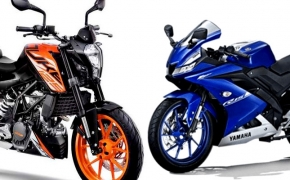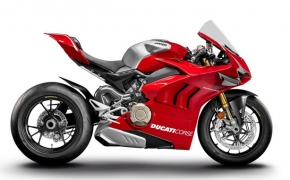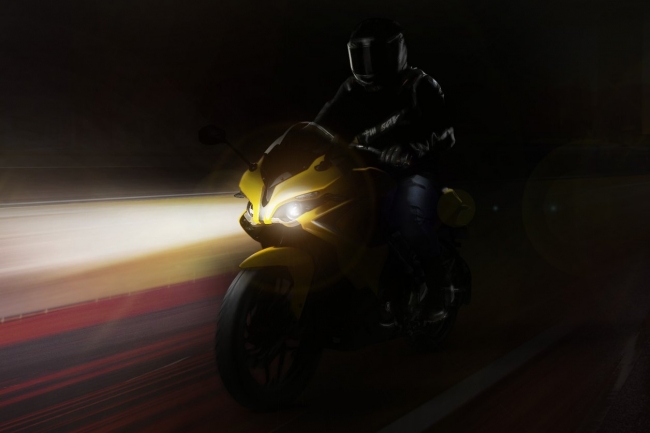 With the launch of Bajaj Pulsar RS200 the concept of single channel or one channel ABS becomes quite popular, earlier the use of ABS in motorcycles was seen in entry level sportbikes like KTM Duke/RC 390, Honda CBR250R and Kawasaki Ninja 300. However, ABS or Anti Lock Brake/ Braking System is commonly used in four-wheelers as well as two-wheelers across the World but due to high cost involved the technology is restricted to the premium class vehicles. It is specially used in limited numbers on motorbikes due to its less cost effectiveness.
With the launch of Bajaj Pulsar RS200 the concept of single channel or one channel ABS becomes quite popular, earlier the use of ABS in motorcycles was seen in entry level sportbikes like KTM Duke/RC 390, Honda CBR250R and Kawasaki Ninja 300. However, ABS or Anti Lock Brake/ Braking System is commonly used in four-wheelers as well as two-wheelers across the World but due to high cost involved the technology is restricted to the premium class vehicles. It is specially used in limited numbers on motorbikes due to its less cost effectiveness.But companies like Bosch have developed low cost ABS specially designed for motorcycles. These ABS are known as Single Channel or One Channel ABS. The Bajaj Pulsar RS200 is equipped with same set up of ABS made by Bosch. Unfortunately, despite of company's clear declaration about the Single channel ABS used in latest RS200, there is quite a lot of controversies have taken place. These controversies came into play because of sheer ignorance and lack of information about the working of technology. For instance, the presence of ABS Sensor ring on the rear wheel of Pulsar RS 200 despite of company's claim about Single channel ABS restricted to only front wheel of the bike, the same has become a topic of debate. As some say that the bike is actually equipped with ABS on both wheels, some say that the bike does not have single channel ABS as there is ABS ring present on both the wheels.
The ongoing debate and the lack of information about the working and technology of Single channel ABS led us to come up with this article, where I will try to explain the in-depth of the technology used in ABS and to answer all the questions causing controversy.
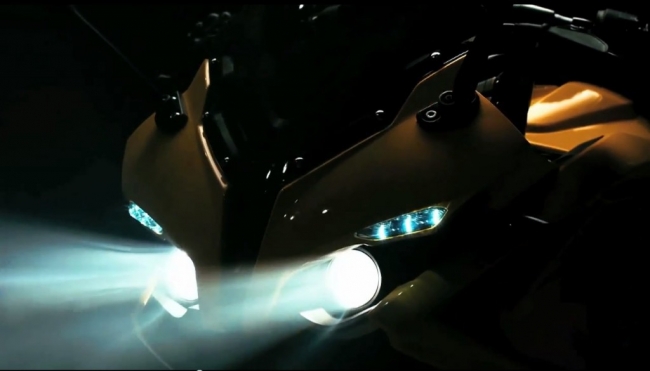 What Is ABS? And How It Works?
What Is ABS? And How It Works?The abbreviation ABS is used for Anti-Lock Braking or Anti-Lock Brake System, as the term suggests it is a system used for preventing the wheel to get locked under hard or sudden application of brakes. The locking of wheels is proved to be the main cause of accidents take place on roads specially under wet condition and roads filled with dust and gravel. The ABS is very useful in such conditions where on applying brakes the wheel gets locked and the vehicle is tend to skid due to loss of traction.
The ABS in motorcycles is an integrated system, mainly consists of Four different components; ECU (Electronic Control Unit), Pump, Solenoid Valves and Sensors. When you apply the brakes there is a sensor attached to the wheel, which continuously monitoring the speed of the wheel finds the deceleration and that information is then sent to ECU where there is calculation takes place and based on those calculations if the ECU detects any possibility of wheel locking, it opens the valve present in the brake line to release the pressure and thus it prevents the wheel locking.
Electronic Control Unit (ECU):
The ECU is the brain of the system, basically it's a computer which is responsible for acquiring data from the wheel speed sensors and capable of computing those with the pre-fed info into it. It is then the ECU decides when to release hydraulic pressure through the Solenoid valve present in the brake channel or to actuate the Pump which is attached to a motor to increase the desired pressure in the brake channel which was earlier decreased by opening of the valve.
Pump:
The pump is attached with an electric motor and the job of the pump is to restore the pressure in the brake line which is decreased by the release of valve. The amount of pressure needs to be increased in the brake line is decided by the ECU or Controller as it decides the extent of the opening of Valve.
Solenoid Valves:
The modern valves have replaced the old school Piston plunger set up, which was used in early ABS. These Solenoid valves are capable of opening and closing rapidly. The job of the valve is to release the hydraulic pressure from the brake line and ECU commands the Valve when it detects any possibility of wheel lock situation based on the info given by the "Wheel Speed Sensors" placed on the wheel.
Wheel Speed Sensors:
The Sensors are placed on the wheels and generally you can identify them as a peculiar ring. The wheel speed sensors regularly monitor the speed of the wheel and in case of sensor available on both the wheels, they monitor the speed individually. It is then the information is regularly given to ECU and the ECU keeps on computing the data and based on the info given from these sensors it commands the valve to open in case of releasing the pressure or it commands the Pump to increase the pressure in the brake channel, depending upon the circumstances.
The ECU is the brain of the system, basically it's a computer which is responsible for acquiring data from the wheel speed sensors and capable of computing those with the pre-fed info into it. It is then the ECU decides when to release hydraulic pressure through the Solenoid valve present in the brake channel or to actuate the Pump which is attached to a motor to increase the desired pressure in the brake channel which was earlier decreased by opening of the valve.
Pump:
The pump is attached with an electric motor and the job of the pump is to restore the pressure in the brake line which is decreased by the release of valve. The amount of pressure needs to be increased in the brake line is decided by the ECU or Controller as it decides the extent of the opening of Valve.
Solenoid Valves:
The modern valves have replaced the old school Piston plunger set up, which was used in early ABS. These Solenoid valves are capable of opening and closing rapidly. The job of the valve is to release the hydraulic pressure from the brake line and ECU commands the Valve when it detects any possibility of wheel lock situation based on the info given by the "Wheel Speed Sensors" placed on the wheel.
Wheel Speed Sensors:
The Sensors are placed on the wheels and generally you can identify them as a peculiar ring. The wheel speed sensors regularly monitor the speed of the wheel and in case of sensor available on both the wheels, they monitor the speed individually. It is then the information is regularly given to ECU and the ECU keeps on computing the data and based on the info given from these sensors it commands the valve to open in case of releasing the pressure or it commands the Pump to increase the pressure in the brake channel, depending upon the circumstances.
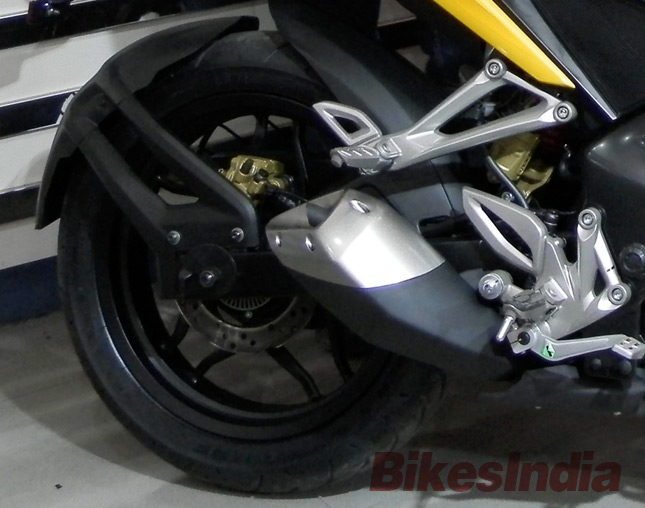 Single Or One Channel ABS:
Single Or One Channel ABS:Based on the entire ABS setup and functioning of it, the system is divided into one channel or multiple channel ABS. As far as single channel ABS in motorcycles is concerned, it is dedicated to any one of the wheels and generally it is the front wheel because for effective braking the front brakes are considered more important.
Then a question arises, if in a single channel ABS fitted to the front wheel of the bike, what is the wheel speed sensor (ring) is doing at the rear wheel of the motorcycle? this question is very important specially in context of recently launched Bajaj Pulsar RS200.
So, according to Bosch, in its single channel "ABS Light" the wheel speed sensor present at the rear wheel of the motorbike plays very important role. Although, there is no effective ABS present on the rear wheel in such kind of single channel setup but by the information obtained from the sensor present at the rear wheel the ABS modulates the braking of the front wheel to prevent the "Rear Wheel Lift off". This situation can be occurred while applying front brakes forcefully as well as while rapidly down shifting the gears due to Engine Braking. Normally such system that assists ABS to prevent the rear wheel lift off is known as RLP (Rear Wheel Lift Off Protection).
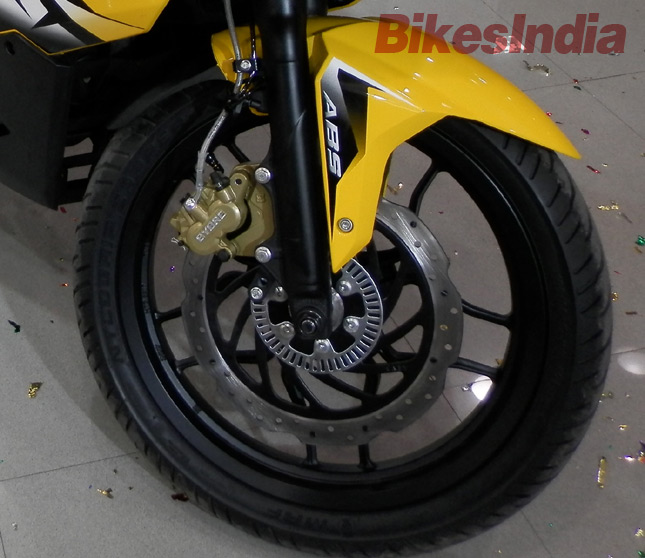 There is a note worthy point here, that even the sensor from the rear wheel is used in accumulating the info about the rear wheel speed which further analysed by the ECU by comparing the difference between the individual wheel speeds, it is nothing to do with rear wheel ABS because the ABS is available on the front wheel only, it modulates the front brakes to avoid the rear wheel lift off and the rear wheel brakes does not come into play at all. However, Bajaj has not highlighted the feature of RLP in RS200 but presence of Sensor at the rear wheel indicates that it might have equipped with it.
There is a note worthy point here, that even the sensor from the rear wheel is used in accumulating the info about the rear wheel speed which further analysed by the ECU by comparing the difference between the individual wheel speeds, it is nothing to do with rear wheel ABS because the ABS is available on the front wheel only, it modulates the front brakes to avoid the rear wheel lift off and the rear wheel brakes does not come into play at all. However, Bajaj has not highlighted the feature of RLP in RS200 but presence of Sensor at the rear wheel indicates that it might have equipped with it. Hopefully, you guys have now better understanding about the ABS in motorcycles on the whole and specially one of a kind "Single Channel ABS". One thing that comes to my mind when we talk about RLP feature is that, its capability to prevent rear wheel lift off will make Stoppie almost impossible. And if the feature is present in the Pulsar RS200, then what would my stunter brothers will do because you can not even switch it off the ABS in RS200. Anyways, Please do share you opinion on this.
By: Farhan Kashif





